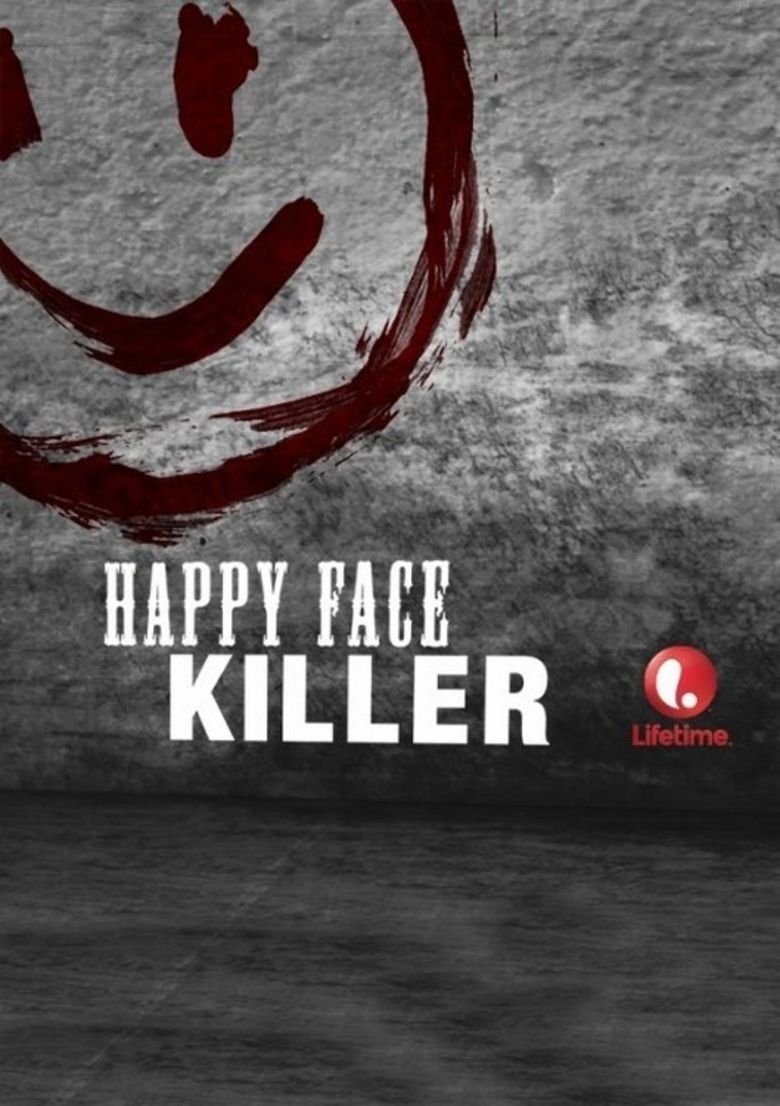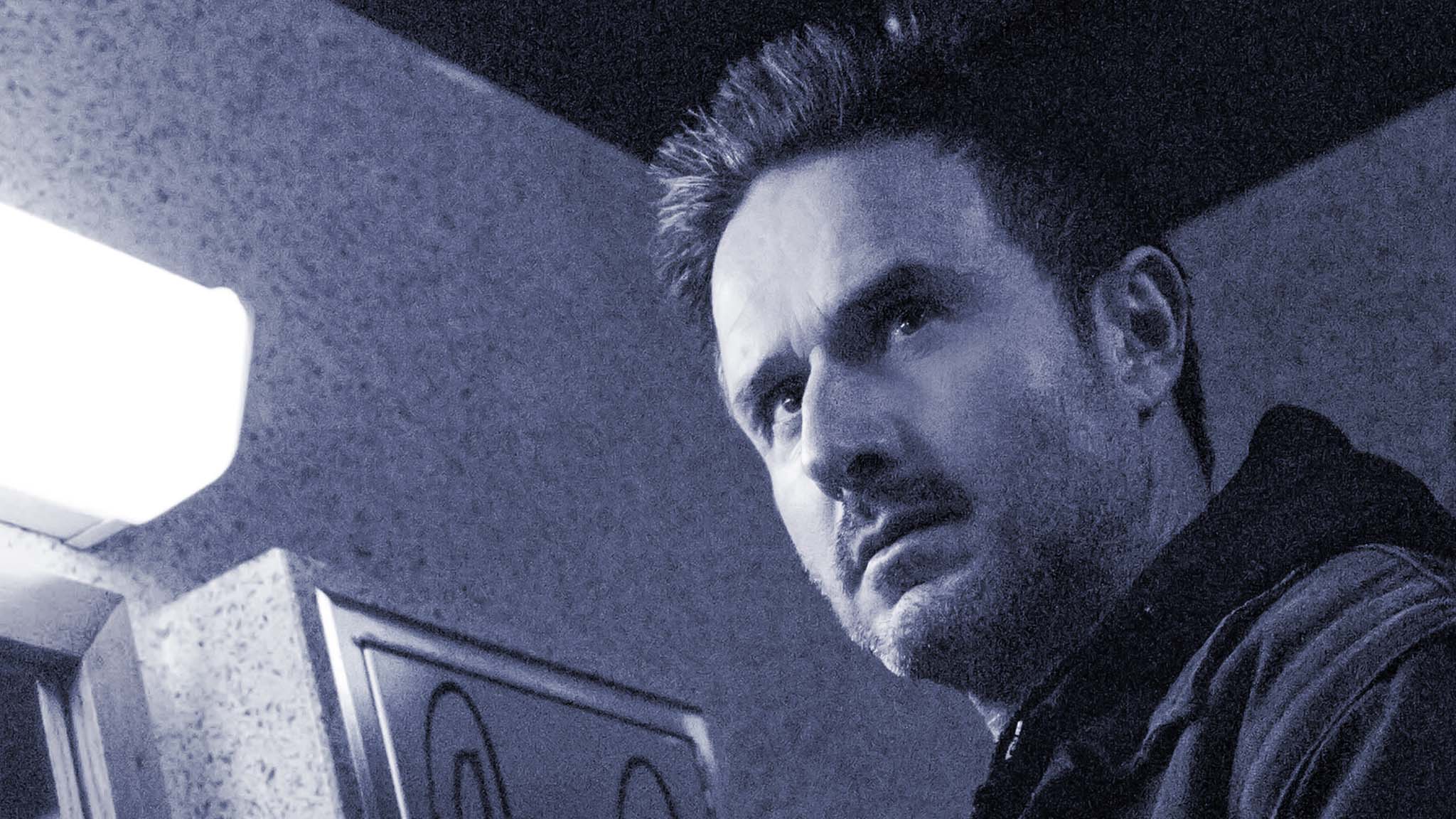When it comes to chilling crime stories, the Happy Face Killer is a name that sends shivers down your spine. This isn’t just your ordinary case file; it’s a deep dive into one of the most disturbing and mysterious criminal investigations in history. Imagine a guy who left smiley face symbols at crime scenes like some twisted calling card. Yeah, it’s that freaky.
So, what’s the deal with the Happy Face Killer? Well, buckle up because this story is as twisted as it gets. It’s not just about catching a criminal; it’s about understanding the mind of someone who left the world baffled for decades. This guy wasn’t just a random psycho—he was calculated, cold, and left law enforcement scratching their heads.
But why should you care? Because sometimes, the darkest stories teach us the most about humanity, justice, and the lengths people go to uncover the truth. So, let’s dive deep into the life, crimes, and legacy of the Happy Face Killer. Trust me, you won’t want to look away.
Read also:Kat Timpf Net Worth A Detailed Insight Into Her Wealth Career And Achievements
Table of Contents
- Biography of the Happy Face Killer
- Early Life and Background
- The Crimes That Defined Him
- His Signature Smiley Face Symbol
- The Investigation That Followed
- The Arrest That Shocked the World
- Inside the Mind of a Killer
- Media Coverage and Public Reaction
- The Lasting Impact on Society
- Wrapping It Up
Biography of the Happy Face Killer
The Happy Face Killer, whose real name is Keith Hunter Jesperson, is one of the most infamous serial killers in modern history. Born on October 4, 1960, in Fresno, California, Jesperson grew up in a troubled household that many believe shaped his dark future. But before we get into all that, let’s break down the basics:
Quick Facts About Keith Hunter Jesperson
| Full Name | Keith Hunter Jesperson |
|---|---|
| Nickname | Happy Face Killer |
| Date of Birth | October 4, 1960 |
| Place of Birth | Fresno, California |
| Occupation | Truck Driver |
| Known For | Serial killings and signature smiley face symbol |
Now, if you’re wondering how someone like Jesperson became a serial killer, stick around because we’re about to peel back the layers of his life and crimes.
Early Life and Background
Growing up, Jesperson wasn’t exactly living the American Dream. His childhood was marred by neglect and abuse, which some psychologists argue laid the foundation for his future behavior. His father was an alcoholic who often subjected him to physical and emotional abuse, while his mother struggled with her own demons. This toxic environment likely contributed to Jesperson’s inability to form healthy relationships or empathize with others.
But here’s the thing—Keith wasn’t always a killer. In fact, he seemed like an ordinary guy who worked as a truck driver, traveling across the United States. It wasn’t until his late twenties that his dark side began to emerge. And when it did, it was like a switch flipped in his brain.
The Crimes That Defined Him
Between 1990 and 1995, Jesperson is believed to have killed at least eight women, though he claimed responsibility for as many as 160 murders. Yeah, you read that right—160. But let’s focus on the confirmed cases for now.
Victims and Locations
- Julie America Hailey – Portland, Oregon
- Donna Gail Moss – Spokane, Washington
- Cammi Ann Jimenez – Billings, Montana
- Angela Douglas – Billings, Montana
- Tammy Jo Branson – Billings, Montana
- Andrea “Andi” Hensley – Billings, Montana
- Christine Theresa Wiemers – Billings, Montana
- Susan Marie Smith – Billings, Montana
Each victim had something in common—they were young women, often in their twenties, and they were killed in brutal ways. Jesperson would strangle them, dump their bodies in remote locations, and leave behind his infamous smiley face symbol. It was his way of mocking the police and taunting society.
Read also:Woman Wakes Up Alone On Train Station Bench Finds Money And An Emotional Letter In Her Hand
His Signature Smiley Face Symbol
Let’s talk about the symbol that made Jesperson infamous—the smiley face. He would draw it on letters he sent to law enforcement and media outlets, accompanied by cryptic messages. One of his most famous notes read, “I am the Happy Face Killer. I have taken another life.”
This symbol became his trademark, and it terrified the public. But why did he do it? Some experts believe it was a way for Jesperson to assert dominance and control. Others think it was a cry for attention, a way to ensure his crimes wouldn’t be forgotten. Either way, it worked. The Happy Face Killer became a household name, and his crimes haunted the nation for years.
The Investigation That Followed
Law enforcement agencies across the country were baffled by Jesperson’s crimes. They had no leads, no suspects, and no idea who they were dealing with. That is, until Jesperson made a crucial mistake—he started contacting the media directly.
In 1995, Jesperson sent a letter to the Oregonian newspaper, claiming responsibility for several murders. This bold move caught the attention of detectives, who began piecing together the evidence. Through DNA analysis and forensic investigation, they eventually linked Jesperson to the murders.
The Arrest That Shocked the World
On January 16, 1996, Keith Hunter Jesperson was arrested in Billings, Montana. The evidence against him was overwhelming—DNA samples, fingerprints, and his own confessions all pointed to his guilt. Jesperson didn’t put up much of a fight; in fact, he seemed almost relieved to be caught.
During his trial, Jesperson claimed he was a victim of circumstance, blaming his upbringing and societal pressures for his actions. But the jury wasn’t buying it. He was sentenced to life in prison without the possibility of parole, where he remains to this day.
Inside the Mind of a Killer
So, what makes someone like Jesperson tick? Psychologists have long debated the factors that contribute to serial killing behavior. In Jesperson’s case, it seems to be a combination of childhood trauma, personality disorders, and a desire for power and control.
One interesting aspect of Jesperson’s psychology is his apparent lack of remorse. Even after being caught, he continued to boast about his crimes, sending letters and drawings to the media from prison. Some experts believe this is a sign of narcissism, while others argue it’s a coping mechanism for dealing with his guilt.
Media Coverage and Public Reaction
The Happy Face Killer case received widespread media coverage, both during the investigation and after his arrest. Newspapers, magazines, and television shows all clamored to tell Jesperson’s story, often sensationalizing the details to attract viewers. This media circus had a profound impact on public perception, turning Jesperson into a notorious figure in popular culture.
But the public reaction wasn’t all negative. Many people were outraged by Jesperson’s crimes and demanded justice for the victims and their families. Others were fascinated by the psychological aspects of the case, leading to increased interest in forensic science and criminal profiling.
The Lasting Impact on Society
The Happy Face Killer case had a lasting impact on society, particularly in the fields of law enforcement and criminal justice. It highlighted the importance of DNA evidence and forensic investigation, leading to advancements in technology and methodology. It also brought attention to the issue of serial killers and the need for better resources to catch them.
But perhaps the most significant impact was on the victims’ families. For them, the case served as a reminder of the importance of closure and justice. While Jesperson’s arrest brought some measure of peace, the scars of his crimes will never fully heal.
Wrapping It Up
The story of the Happy Face Killer is both disturbing and fascinating. From his troubled childhood to his shocking crimes and eventual capture, Jesperson’s life is a testament to the darkness that can exist within the human soul. But it’s also a reminder of the resilience of those who seek justice and the power of law enforcement to bring criminals to account.
So, what can we learn from this case? First, that understanding the root causes of criminal behavior is crucial in preventing future tragedies. Second, that the pursuit of justice requires dedication, resources, and a commitment to uncovering the truth. And finally, that even in the face of unimaginable horror, there is hope for healing and redemption.
If you found this article interesting, don’t hesitate to share it with your friends or leave a comment below. And if you’re looking for more stories like this, be sure to check out our other articles on true crime and criminal psychology. Stay curious, stay informed, and never stop seeking the truth.


